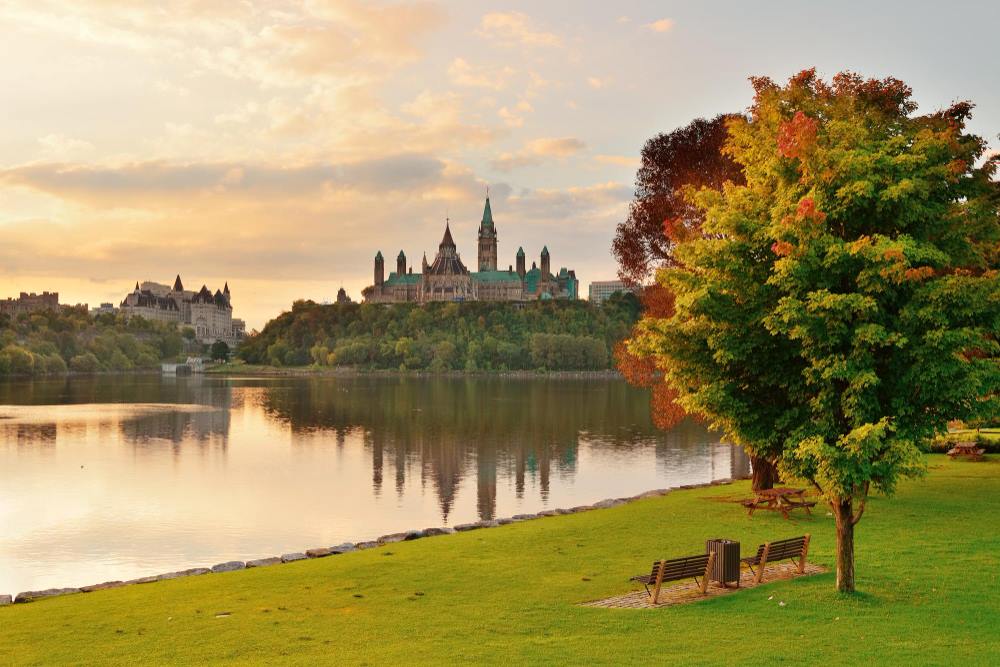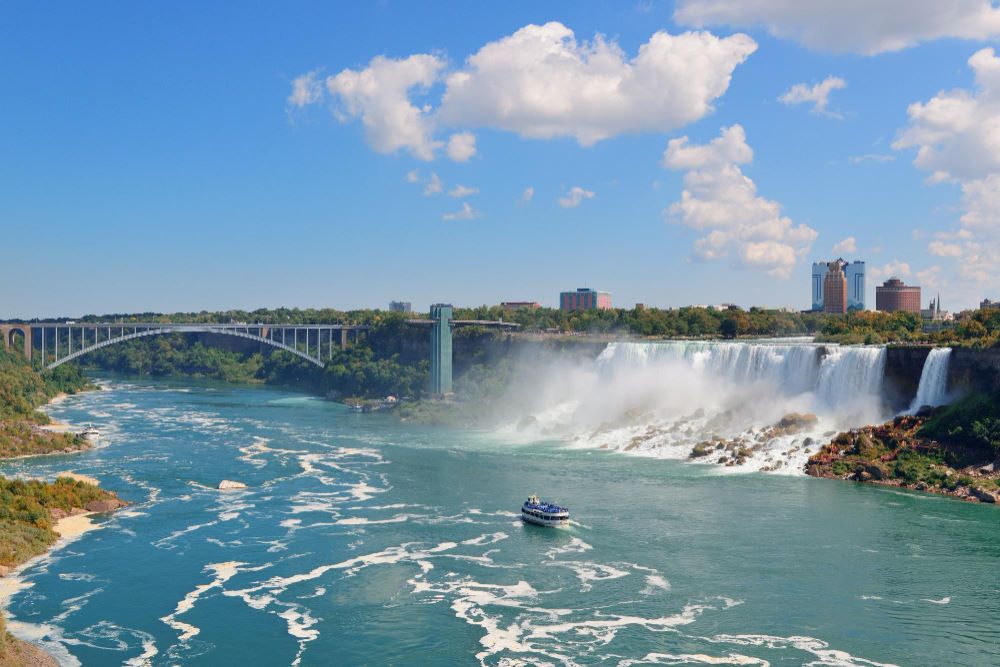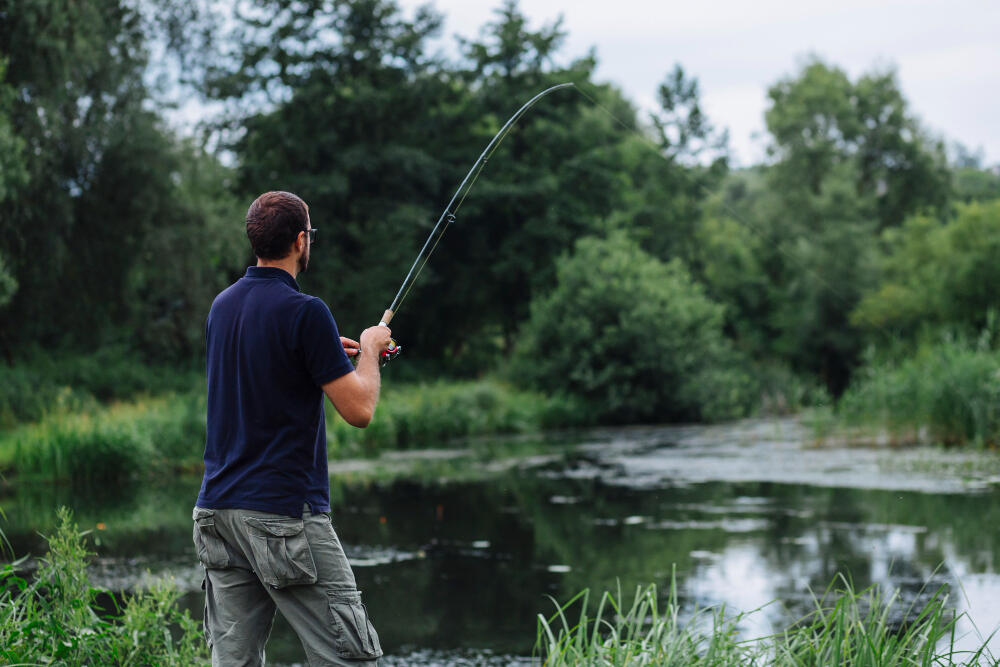Northern Ontario is a paradise for outdoor enthusiasts. From its expansive forests and pristine lakes to its hidden trails and breathtaking wildlife, this region offers countless opportunities to connect with nature. Whether you are an avid hiker, an adventurous paddler, or someone who simply enjoys peaceful evenings under the stars, Northern Ontario provides the perfect escape.
In this guide, we’ll explore the best activities for nature lovers, including popular Ontario hiking trails, opportunities for canoeing in Ontario, and unforgettable experiences like camping in Northern Ontario. Along the way, we’ll highlight the incredible wildlife in Ontario parks that make this region truly unique.
Exploring Ontario Hiking Trails
When it comes to outdoor adventures, Northern Ontario boasts some of the most scenic Ontario hiking trails in the province. These trails lead you through diverse landscapes, from towering forests and rocky ridges to tranquil lakeshores and cascading waterfalls.
1. Lake Superior Provincial Park Trails
Lake Superior Provincial Park offers some of the most breathtaking hikes in the region. Trails such as the Nokomis Trail and Agawa Rock Pictographs route combine natural beauty with Indigenous history, making them both scenic and culturally enriching.
2. Pukaskwa National Park
For hikers looking for rugged and challenging terrain, Pukaskwa National Park provides stunning coastal views. The Coastal Hiking Trail is a multi-day trek that showcases the raw beauty of Lake Superior’s shoreline.
3. Temagami Region
Temagami is a hiker’s dream. Its old-growth forests and expansive lakes are best experienced on trails like Caribou Mountain, where panoramic views reward every step. These Ontario hiking trails are ideal for adventurers seeking solitude and wilderness immersion.
No matter your skill level, you’ll find Ontario hiking trails in Northern Ontario that match your interests.
Canoeing in Ontario: Paddle Through Paradise
Few experiences capture the essence of the Canadian wilderness better than canoeing in Ontario. Northern Ontario, with its thousands of lakes and interconnected waterways, is the perfect destination for paddlers of all skill levels.
Paddle Temagami’s Canoe Routes
Temagami is renowned for its ancient pine forests and clear lakes, offering canoe routes that have been traveled for centuries. This area is ideal for those who want to experience the region’s deep history while surrounded by nature.
Explore Quetico Provincial Park
For a true wilderness adventure, Quetico Provincial Park offers some of the most pristine canoeing routes in the province. With minimal development, paddlers can enjoy a serene environment, free from crowds and modern distractions.
Canoeing in Ontario is not only about paddling — it’s about connecting with the landscape, listening to the call of loons, and feeling at peace on the water.
Camping in Northern Ontario: Sleep Under the Stars
For those who want to fully immerse themselves in nature, camping in Northern Ontario is an experience like no other. With endless provincial parks, backcountry options, and family-friendly campgrounds, this region has something for everyone.
Provincial Parks for Camping
Parks like Killarney, Lady Evelyn-Smoothwater, and Lake Superior offer designated campgrounds with spectacular surroundings. Whether you choose a waterfront site or a forested spot, the experience is equally rewarding.
Backcountry Camping Adventures
If you’re looking for solitude, backcountry camping is a must. Paddle into a remote lake or hike into a secluded area and set up camp where the only sounds you’ll hear are the wind and wildlife.
Whether you’re new to camping or an experienced outdoors enthusiast, camping in Northern Ontario is the perfect way to disconnect from technology and reconnect with nature.
Wildlife in Ontario Parks: A Nature Lover’s Dream
One of the greatest joys of exploring the outdoors in this region is encountering the incredible wildlife in Ontario parks. Northern Ontario is home to a diverse range of animals that add to the magic of every adventure.
Iconic Animals to Spot
Moose, black bears, wolves, and beavers are common in many provincial and national parks. Birdwatchers will also delight in spotting bald eagles, loons, and great blue herons.
Respecting Wildlife
While seeing wildlife is exciting, it’s important to observe from a safe distance. Parks have clear guidelines to protect both visitors and animals, ensuring a safe environment for everyone.
Whether you’re hiking, paddling, or camping, spotting wildlife in Ontario parks adds an unforgettable dimension to your outdoor experience.
Northern Ontario in Every Season
One of the most remarkable aspects of Northern Ontario is that it offers unique experiences year-round.
-
Spring: A time of renewal, when wildflowers bloom along Ontario hiking trails and migratory birds return.
-
Summer: Perfect for paddling adventures and camping trips under clear night skies.
-
Autumn: The forests transform into vibrant displays of red, orange, and yellow, creating stunning backdrops for hikers.
-
Winter: Snowshoeing, cross-country skiing, and ice fishing attract those who embrace the cold season’s beauty.
Every season offers something new, ensuring there’s always a reason to return.
Tips for Planning Your Northern Ontario Adventure
-
Research Trails and Routes – Match your skills to the right Ontario hiking trails or canoe routes to ensure a safe adventure.
-
Pack Essentials – Always bring food, water, proper clothing, and safety gear when venturing into the wilderness.
-
Respect Nature – Follow Leave No Trace principles to preserve the pristine environment for future generations.
-
Book Early – Popular campgrounds and backcountry permits can sell out quickly during peak seasons.
-
Stay Informed – Weather in Northern Ontario can change rapidly; always check forecasts before heading out.
Why Northern Ontario is Perfect for Nature Lovers
Northern Ontario embodies the very spirit of Canadian wilderness. It’s a place where you can hike to breathtaking vistas, paddle across untouched waters, sleep beneath star-filled skies, and encounter remarkable wildlife — all in one trip. For those seeking adventure, relaxation, or simply a deeper connection with nature, there’s no better destination. Whether you’re drawn to the challenge of rugged Ontario hiking trails, the serenity of canoeing in Ontario, or the magic of camping in Northern Ontario, this region delivers it all.
Conclusion
Northern Ontario is more than a destination — it’s an experience that stays with you forever. Its trails, lakes, and parks invite you to step away from everyday life and into a world where nature takes center stage. From spotting wildlife in Ontario parks to paddling across glassy lakes and exploring hidden trails, every journey here is one step closer to your most authentic self.
If you’re ready for adventure, Northern Ontario is waiting. Pack your gear, grab your sense of wonder, and explore the endless possibilities this region offers.
FAQ’s
Q1. What wildlife can you see in Northern Ontario?
A: Northern Ontario is home to moose, black bears, wolves, beavers, bald eagles, loons, and more. Each park offers diverse opportunities to spot incredible wildlife.
Q2. Are there national parks in Northern Ontario?
A: Yes, Northern Ontario features several national parks including Pukaskwa and Quetico, alongside many provincial parks offering hiking, canoeing, camping, and wildlife experiences.
Q3. Where are the best hiking spots in Ontario?
A: Some of the best Ontario hiking trails are in Lake Superior Provincial Park, Pukaskwa National Park, Killarney Provincial Park, and the Temagami region.











